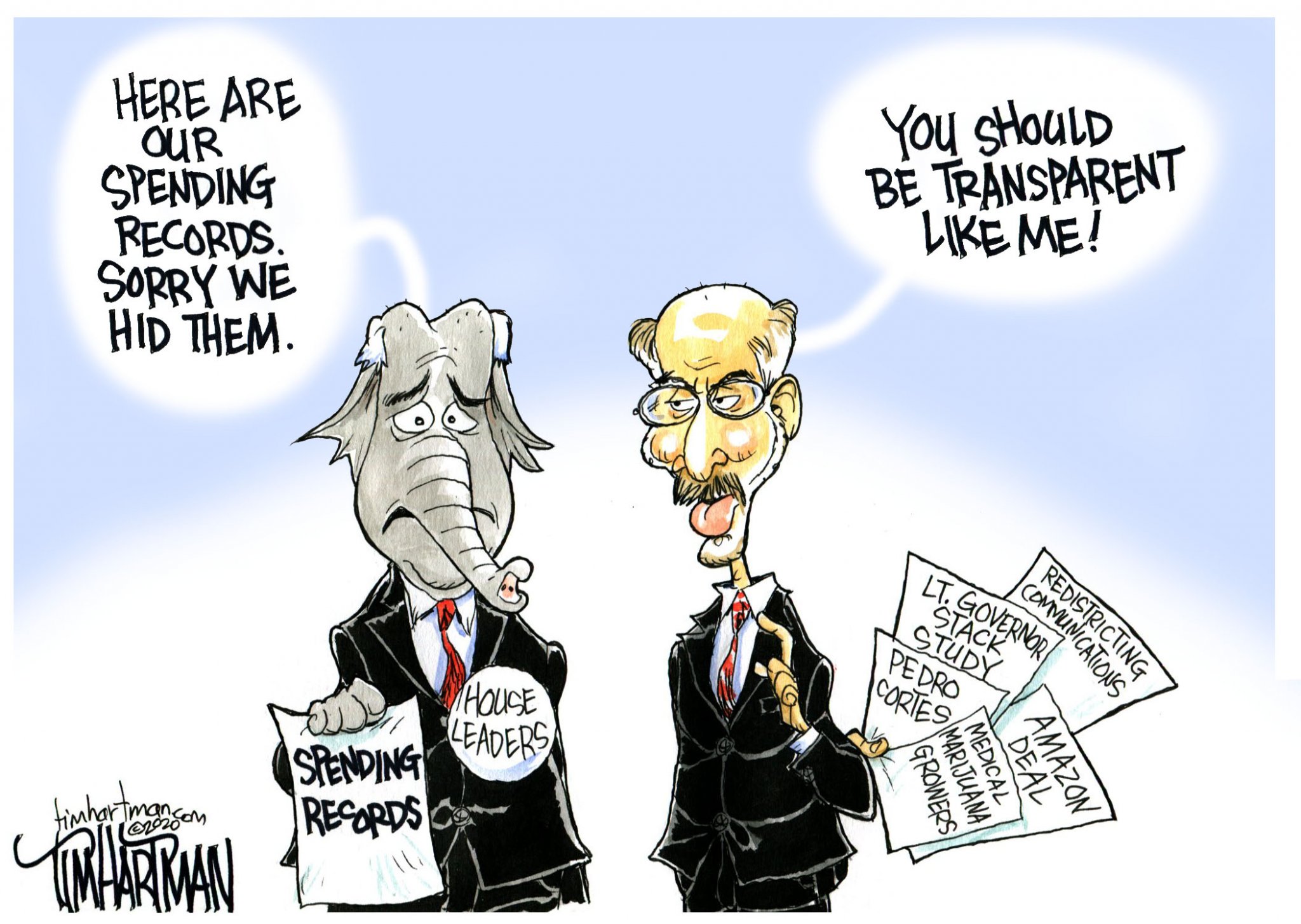In an Age of Scrutiny - What Should Political Marketers Consider?

In today’s hyper-connected digital age, the way political campaigns engage with their audience has witnessed a seismic shift. Programmatic media buying and buying of CTV, OTT and streaming audio is at the forefront of this transformation, enabling political campaigns to precisely target their messages to specific audiences without waste. However, with increased scrutiny on political ad dollars, three pillars have become indispensable for any political buyer: price transparency, fraud protection and frequency management. Let’s delve into why these are vital.
Price Transparency: A Pillar of Trust
Political campaigns, funded by donors and public money, have been and continue to be under constant scrutiny to ensure their financial responsibility, no thanks to work done by Cambridge Analytica and others. Price transparency in CTV, OTT, Digital, audio and programmatic campaigns is not a luxury -- it’s a necessity.
1. Building Trust: The public demands to know how and where their contributions are being spent. Transparent pricing allows political buyers to justify their ad spend, ensuring stakeholders that funds are being used judiciously. TAG and TrustNet have released a list of partners with audited transparency. Not surprisingly this is a shorter list with only Octillion and Adform powering transparent buys as DSPs - but several agencies including Horizon Media and Omnicom and SSPs are providing transparency. Ideally you work with a group of these, meaning use Omnicom to buy and demand they use a partner like Octillion who in turn buys from these SSPs - to ensure the entire supply chain is transparent because otherwise, one party could be and others they buy from may not be.
2. Optimizing Ad Spend: Knowing the exact breakdown of costs, who in the supply chain may be adding hidden fees from data acquisition to placement fees, equips campaigns with the knowledge to get the best ROI on their ad spend.
3. Avoiding Hidden Costs: In an opaque pricing model, campaigns risk paying hidden fees or mark-ups that can considerably inflate costs. The most opaque of course are resellers and walled gardens.
Fraud Protection: Guarding the Authenticity of the Message
Digital ad fraud can erode a campaign’s budget and dilute its message. But for political campaigns, there’s an added layer, especially after Cambridge: the risk of misleading the public.
1. Protecting Budgets: Click fraud or impression fraud can drain a campaign’s resources without reaching genuine voters.
2. Ensuring Message Integrity: False impressions or interactions can provide a skewed perception of a campaign’s reach and resonance, potentially misleading strategies.
3. Preserving Public Faith: In an age where misinformation is rampant, it’s essential that every interaction, click, and impression is genuine to maintain the trust of the electorate.
Frequency Management: Ensuring Impact without Fatigue
The power of a message lies not just in its content, but also in its delivery, especially in politics where buyers must spend their budget and sellers eager to capture the budget may not be as transparent on frequency.
1. Avoiding Overexposure: Bombarding voters with repetitive ads can lead to message fatigue, reducing the ad’s impact and potentially alienating voters. Buying directly from publishers has one of the highest chances of fatigue.
2. Efficient Resource Allocation: By managing how often and where an ad is seen, campaigns can ensure they’re reaching new audiences and not wasting resources on those already converted.
3. Tailoring the Message: Frequency management allows campaigns to adjust their messaging based on the audience’s prior interactions, ensuring relevance and increasing engagement.
Conclusion
As political ad dollars come under intense scrutiny, it’s imperative that political buyers arm their campaigns with strategies that ensure transparency, authenticity and impact. Price transparency, fraud protection and frequency management aren’t just best practices -- they’re the bedrock of an ethical and effective programmatic political campaign in our digital age.
Photo Credit:Capital-Star editorial cartoon by Tim Hartman
Posted at MediaVillage through the Thought Leadership self-publishing platform.
Click the social buttons to share this story with colleagues and friends.
The opinions expressed here are the author's views and do not necessarily represent the views of MediaVillage.org/MyersBizNet.


